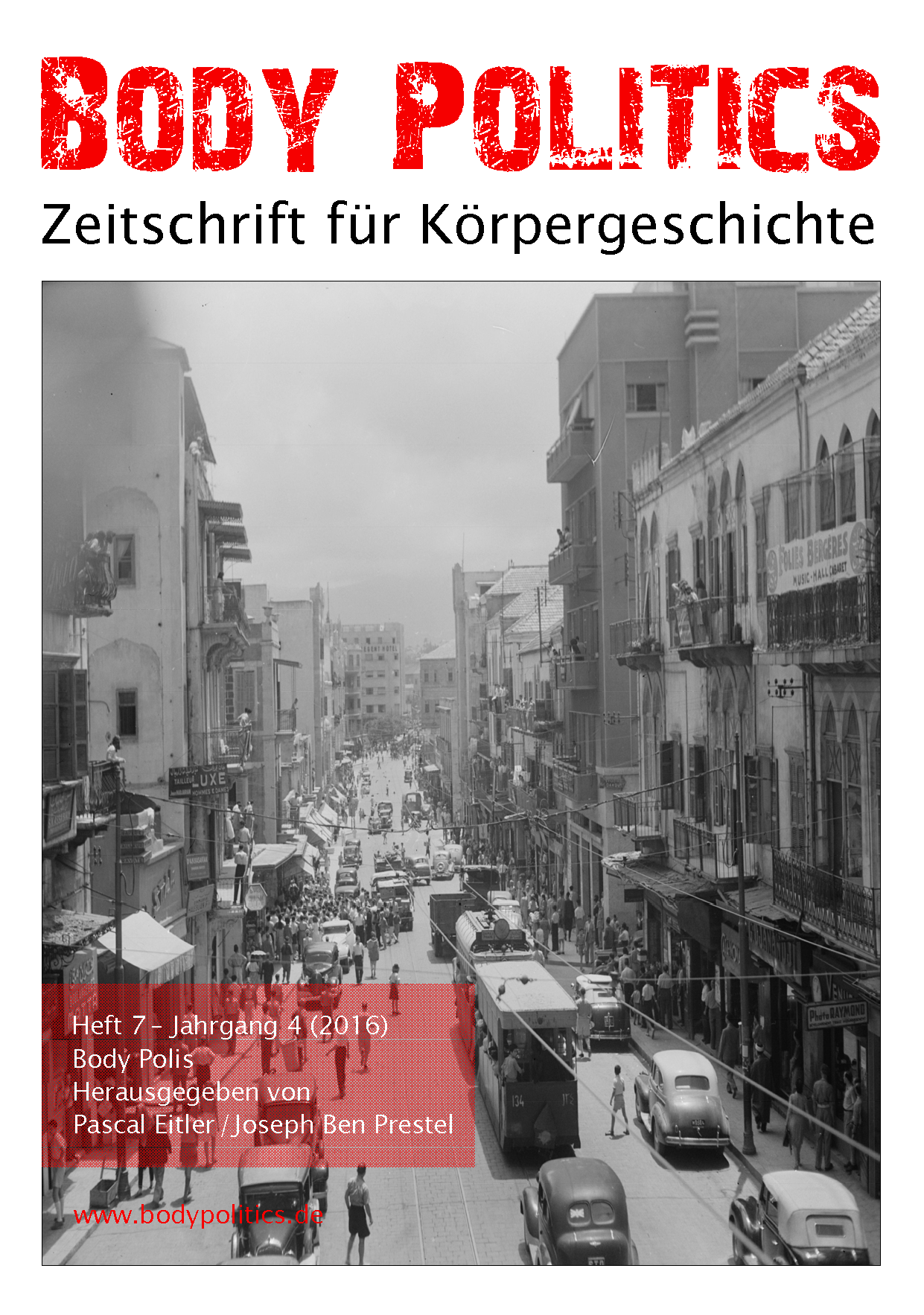Dancing in Step with Society
American Popular Dances and the Urban Body between Regulation and Amusement in Imperial Berlin (1900-1914)
DOI:
https://doi.org/10.12685/bp.v4i7.1482Abstract
English abstract: This article analyzes the urban body in Imperial Germany through the lens of an integral part of night life: popular dancing. In the first decade of the twentieth century, American popular dances appeared in Berlin and other European metropoles. The cakewalk and various step dances replaced the established tradition of popular dancing: In general, American popular dances did not follow a choreography but instead allowed the leading (usually male) dancers to experience more autonomy and combine figures more freely. The dancing bodies moved into more directions than previously with the waltz. Even more importantly, individuals from different social strata enjoyed the same dances, often in the same locations. Such concepts and social practices of popular dancing might suggest that American dances softened or transformed social distinctions. This article shows that a new physicality of dancing, the accessibility of American popular dances to all social strata, and the possibility of learning the new dances via imitation did not change social behavior in Berlin’s dance halls. In Berlin, dancing bodies moved in new ways but previously established social distinctions continued to limit contact between social strata: Urban bodies danced in step with German norms.
Downloads
Veröffentlicht
Ausgabe
Rubrik
Lizenz

Dieses Werk steht unter einer Creative Commons Namensnennung - Nicht-kommerziell - Keine Bearbeitung 3.0 International -Lizenz.


